
América latina
- Subject:
- World Cultures
- Material Type:
- Interactive
- Author:
- Carlos Mamani
- Date Added:
- 07/21/2024

América latina
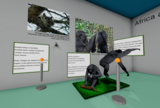
Virtual exhibits of models related to biological anthropology and archaeology. Contents include life sized models of modern primates, prehistoric hominins and other primates, skulls, artifacts, and burials. Museum can be explored in virtual reality or in any web browser.

In this activity, students examine a photograph of the night sky and answer questions about their observations. The picture, taken by a high school student in upstate New York, offers insight into the Earth's rotation, apparent star motion, the location of Polaris (the North Star), circumpolar constellations, and pointer stars.

Students will analyze photos for specific details that reveal the owner of a specific room.Then the analysis will include literature but will focus on literary devices and connotations.Also, students will have the opportunity to summarize text and then use evidence to support specific connotations.

Teaching and learning resources for A&P 2. Please check back as I intend to add more.
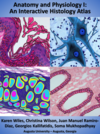
This Anatomy and Physiology I Histology Atlas helps students better understand the complex discipline of tissue histology with the use of interactive H5P activities. Students can reveal or hide illustration overlays drawn to help students visualize cell- and tissue-level structures.
This open access histology atlas was made possible through generous grant funding by The University System of Georgia through the Affordable Learning Georgia initiative: https://www.affordablelearninggeorgia.org/.
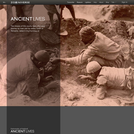
For classics scholars, the vast number of damaged and fragmentary texts from the waste dumps of Greco-Roman Egypt has resulted in a difficult and time-consuming endeavor, with each manuscript requiring a character-by-character transcription. Words are gradually identified based on the transcribed characters and the manuscripts' linguistic characteristics. Both the discovery of new literary texts and the identification of known ones are then based on this analysis in relation to the established canon of extant Greek literature and its lexicons. Documentary texts, letters, receipts, and private accounts, are similarly assessed and identified through key terms and names. Furthermore, an immense number of detached fragments still linger, waiting to be joined with others to form a once intact text of ancient thought, both known and unknown. The data not only continues to reevaluate and assess the literature and knowledge of ancient Greece, but also illuminates the lives and culture of the multi-ethnic society of Greco-Roman Egypt.

The ancillaries included in this site support the OER textbook Exploring Our Social World: The Story of Us, Interactive Workbook Edition. The following ancillaries are included for each chapter: Outlines, Slideshows, Reading Quizzes, Reading Quiz Answer Keys, Key Term Lists, Quizlet.com Flashcards and Kahoot.com Practice Questions.
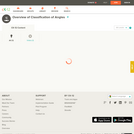
This short video and interactive assessment activity is designed to give fourth graders an overview of classification of angles.
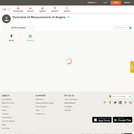
This short video and interactive assessment activity is designed to give fourth graders an overview of measurement of angles.
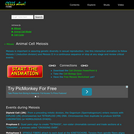
Meiosis is important in assuring genetic diversity in sexual reproduction. Use this interactive animation to follow Meiosis I (reduction division) and Meiosis II in a continuous sequence or stop at any stage and review critical events.
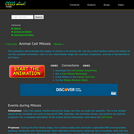
This animation demonstrates the stages of mitosis in an animal cell. Use the control buttons in the upper left to run the complete animation. Click on any intermediate stage (for example, Anaphase), and see a representative still frame.

Supporting inquiry-based research projects, the Animal Inquiry interactive invites elementary students to explore animal facts and habitats using writing prompts to guide and record their findings.
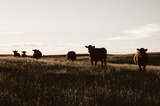
There are a lot of different views on issues in animal agriculture. This lesson investigates the sustainability of animal agriculture and how you can be a good steward of animal agriculture. This lesson includes lecture, reflection, and current events in animal agriculture and leads into discussion on Temple Grandin.
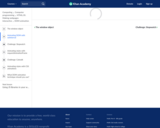
An overview of Animating DOM with setInterval

Learn how to use jQuery to animate elements in custom ways, like animating their sizes, borders, and spacing, to whatever values you specify.
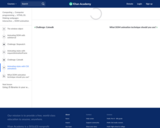
An overview of Animating styles with CSS animations

An overview of Animating styles with requestAnimationFrame

Learn how to use jQuery to show, hide, and toggle elements with animation effects.

AnswerGarden: A minimal tool for maximum feedback